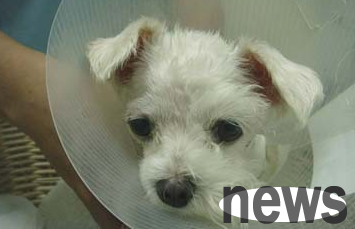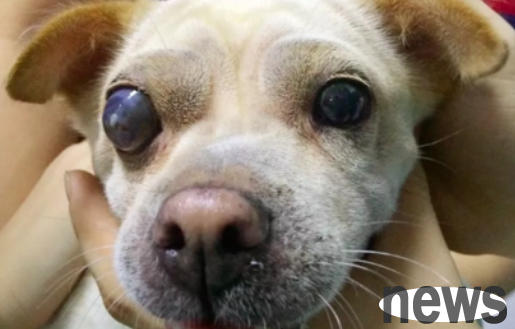Glaucoma is common in certain polar animals, such as Siberian Husky, and others such as Basilla, Chow Chow, Poodle, Maltese and Xi Shi are also easily obtained. The onset time is usually distributed evenly between 4 and 9 years old. 1. Causes of can...
Glaucoma is common in certain polar animals, such as Siberian Husky, and others such as Basilla, Chow Chow, Poodle, Maltese and Xi Shi are also easily obtained. The onset time is usually distributed evenly between 4 and 9 years old.

1. Causes of canine glaucoma:
1. Primary: Special breeds have high incidence. Such as cocker spaniels, beagles, etc.
2. Secondary: certain ophthalmitis, chromitis, lens detachment, bleeding, etc.
3. Lens fallout causes pigmentitis, which affects the discharge of ocular fluid and increases intraocular pressure.
2. Key points for diagnosis of canine glaucoma:
1. The onset speed is 1 to 2 days, and the slowest one can be blind for several months; the dog's eyes disappear or react slowly to light reflexes, the balloon's conjunctiva redness, pain, and corneal edema. From the side, the eyes are bulging. Measured with an tonometer, the intraocular pressure increases.
2. Primary glaucoma is caused by certain structural abnormalities in the eyes, which is common in certain polar animals such as Siberian Husky. Others include Basskid, Chow Chow, Poodle, Maltese and Xi Shi.
3. Crystal ectopic secondary glaucoma is common in: Boston, Damai Town, West Highland White Terrium, etc. The distribution is evenly between 2 and 6 years old.

3. Prevention and treatment measures for canine glaucoma:
1. Drugs for reducing intraocular pressure are effective at the beginning of the disease and have poor results in the later stage. 1% cortisol ocular dictionary can be used. 2% pilocarpine eye drops, 1 time/6 hours (but atropine is prohibited). After that, the dog should be given an appropriate amount of potassium to 1/12 hours at 2.2 to 4.4 mg/kg body weight.
2. Most primary glaucoma are bilateral and can be treated with drugs or surgical methods. If there is no proper treatment or surgery within one year of the onset, about 40% of cases will become blind.